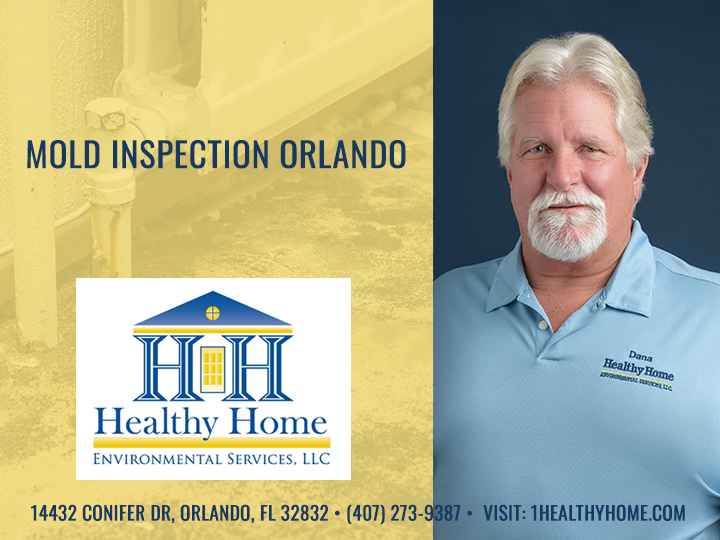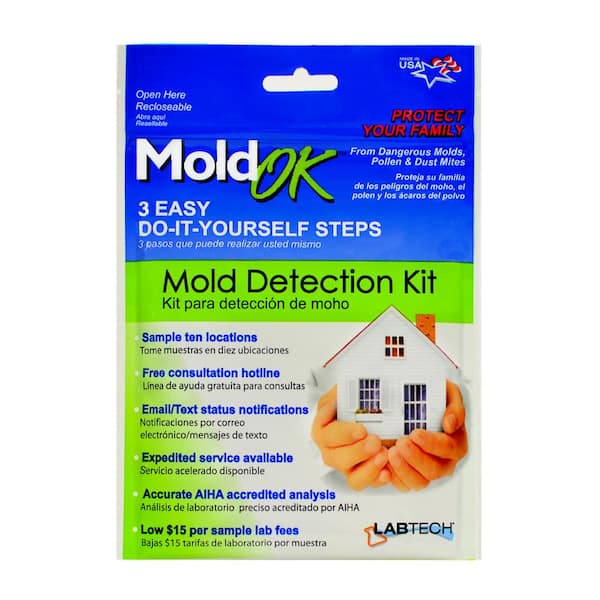Recognizing the Significance of Trustworthy Mycotoxin testing Services
Wiki Article
The Need of Mycotoxin Evaluating in Agricultural Products to Make Sure Consumer Security
The need of mycotoxin screening in farming items is an essential element of public health and wellness and security that warrants detailed examination. Mycotoxins, toxic compounds produced by certain fungis, can infiltrate various plants, resulting in considerable wellness risks for customers, such as cancer causing effects and organ damage. Normal mycotoxin screening not just determines and eliminates polluted products from the supply chain but likewise guarantees compliance with safety and security requirements and improves consumer trust fund. Recognizing the approaches and benefits of such screening is necessary to fully value its relevance in safeguarding our food supply.Understanding Mycotoxins
Mycotoxins, poisonous second metabolites created by particular fungis, provide a significant threat to farming products and human health and wellness. These substances are created by numerous types of mold and mildews, such as Aspergillus, Fusarium, and Penicillium, which can contaminate plants both pre- and post-harvest - Mycotoxin testing Services. The most typical mycotoxins include aflatoxins, ochratoxin A, fumonisins, zearalenone, and deoxynivalenol (DON)
Mycotoxin contamination can take place under particular ecological problems, such as high moisture and temperature, which favor the development of mold and mildew. Agricultural items like grains, nuts, flavors, dried fruits, and coffee are specifically susceptible. The visibility of mycotoxins in these commodities can result in considerable economic losses as a result of reduced crop returns and the need for rigorous testing and purification procedures.
Recognizing the biochemical nature and formation of mycotoxins is essential for creating efficient reduction strategies. Research has revealed that mycotoxins display a variety of chemical frameworks and properties, making discovery and removal challenging. Advanced logical techniques, consisting of chromatography and mass spectrometry, are used to determine and quantify mycotoxins in agricultural products, guaranteeing that contamination levels remain within risk-free restrictions developed by governing bodies.
Health Dangers of Mycotoxins
Given the significant dangers related to mycotoxins in farming products, comprehending their effect on health is extremely important. Mycotoxins, poisonous secondary metabolites generated by fungi, posture severe hazards to both human and animal health and wellness. Chronic direct exposure, also at low levels, can cause a variety of damaging health and wellness results, including carcinogenicity, immunosuppression, and teratogenicity. Aflatoxins, among one of the most notorious mycotoxins, are categorized as Group 1 health hazards by the International Firm for Research Study on Cancer Cells (IARC), mostly affecting the liver and boosting the threat of hepatocellular cancer.Acute mycotoxin poisoning, although less typical, can trigger instant and extreme illness such as liver damages, gastrointestinal disturbances, and hemorrhaging. Ochratoxin A, an additional potent mycotoxin, is connected to kidney damage and has possible carcinogenic results. Fumonisins, primarily affecting maize, are associated with esophageal cancer and neural tube defects.

Usual Sources of Contamination
Comprehending the usual sources of contamination is crucial for effectively handling and reducing the risks postured by mycotoxins. Mycotoxins are poisonous secondary metabolites generated by certain kinds of fungi, which can pollute farming items at numerous phases of processing, production, and storage. The main sources of contamination consist of field conditions, post-harvest handling, and storage space settings.Field problems play a significant role, with elements like weather condition, plant vulnerability, and soil wellness influencing fungal growth. Crops such as corn, peanuts, wheat, and tree nuts are particularly susceptible to mycotoxin-producing fungis like Aspergillus, Fusarium, and Penicillium varieties. Inadequate plant rotation and inadequate bug administration can exacerbate the danger of contamination.
Post-harvest handling is one more critical point where contamination can occur. Mechanical damages during harvesting and transport produces entrance factors for fungi, while incorrect drying methods can leave wetness levels high enough to support fungal growth.
Storage atmospheres add substantially to contamination threats. Poorly kept storage centers with high moisture and temperature level levels develop optimal problems for mycotoxin manufacturing. Normal examinations and proper storage space conditions are necessary in suppressing this danger.
Mycotoxin Examining Methods
Effective administration of mycotoxin contamination hinges not just on identifying potential sources yet also on implementing durable testing techniques to identify these unsafe compounds. Mycotoxin testing techniques can be generally classified right into immunochemical and chromatographic methods.On the other hand, enzyme-linked immunosorbent assay (ELISA) and lateral additional resources flow assays project immunochemical approaches. ELISA, specifically, is extensively made use of due to its cost-effectiveness, simplicity of use, and rapid turn-around time. Side flow assays provide fast, on-site screening capabilities, making them suitable for field applications where instant decisions are required.
Furthermore, improvements in molecular biology have presented PCR-based approaches efficient in finding mycotoxin-producing fungi at hereditary levels, offering a predictive method to contamination danger. Incorporating these diverse approaches improves the reliability and comprehensiveness of mycotoxin discovery, ensuring that agricultural products fulfill safety criteria and shielding consumers from possible wellness risks.
Advantages of Regular Checking

Regular mycotoxin testing offers significant advantages that substantially reinforce agricultural safety and quality. Among the main advantages is the security of consumer wellness. Mycotoxins, poisonous compounds produced by certain fungi, can contaminate food and posture significant health risks, consisting of cancer and severe poisoning. Normal testing ensures that infected items do not get to consumers, therefore reducing carcinogen.
Furthermore, constant screening helps in preserving the honesty and reputation of agricultural manufacturers. By rigorously keeping track of and regulating mycotoxin levels, producers can stay clear of legal effects and pricey recalls. This not just makes certain conformity with strict worldwide safety and security standards however likewise promotes customer trust fund and loyalty.

Final Thought
The necessity of mycotoxin screening in agricultural products is highlighted by the substantial health risks presented by these hazardous compounds. Making certain customer safety and security calls for the recognition and removal of infected products from the supply chain. Routine screening not just alleviates the danger of intense poisoning and read this persistent health concerns however also supports conformity with safety standards. It boosts the credibility of producers a fantastic read and promotes count on within the agricultural supply chain, ultimately securing public wellness.The necessity of mycotoxin testing in farming items is a crucial element of public wellness and security that warrants thorough assessment. Mycotoxins, toxic substances generated by particular fungi, can infiltrate various plants, leading to significant health and wellness risks for customers, such as carcinogenic results and organ damages.Mycotoxins, hazardous secondary metabolites generated by certain fungis, offer a substantial threat to agricultural products and human wellness.Offered the considerable risks connected with mycotoxins in agricultural products, recognizing their impact on wellness is extremely important (Mycotoxin testing Services).The need of mycotoxin screening in farming products is emphasized by the considerable health dangers posed by these toxic compounds
Report this wiki page